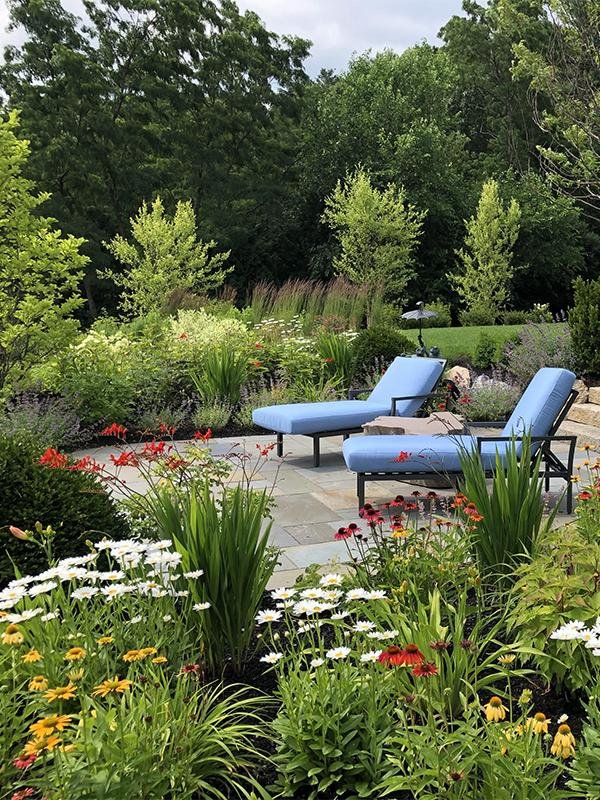Whether you’re looking to update your current landscape or start from scratch, there are a few important things to keep in mind. These tips will help you to create a landscape that’s both beautiful and functional.
Plants, hardscapes, and garden ornaments all have their own unique visual details that can be used to create a cohesive and captivating design. By considering these visuals, you can create a landscape that will make your neighbors green with envy.

1. Know Your Plants
Just like pets, plants have specific needs and requirements that you need to know if you want them to be happy.
This includes sun, soil, and space considerations. Knowing where your plants need to be positioned will help you design the garden that best fits their needs and creates the most visually appealing garden.
2. Know Your Soil
Having the right soil for your plants is essential to a healthy garden. It has a lot to do with texture, drainage, nutrients, pH and more.
Knowing your soil type will help you make informed decisions about what plants to grow and how to amend your existing soil to achieve optimum health. Here are a few easy tests you can perform at home to determine your soil’s type:
3. Know Your Irrigation System
Irrigation systems save water by delivering the right amount of water to the lawn and garden when it needs it. It also helps manage the dispersion of soil nutrients to keep your landscape healthy and green.
Keeping your system in top shape can help you save money on your water bill and avoid costly repairs down the road. Be sure to pay close attention to any signs that your system may be struggling.
4. Know Your Mulching
Mulching can improve the appearance of your landscape, but it also serves a number of important practical functions such as conserving moisture, suppressing weeds, reducing erosion and decreasing water runoff.
The key to mulching is knowing what type of mulch is best for your garden’s needs and when to use it. This will help you save time and money and keep your garden healthy and thriving.
5. Know Your Curb Appeal
When buyers are looking at your home, they will first see the front door, windows and porch. If these areas look drab and unappealing, they are likely to turn off potential buyers.
Knowing your curb appeal is essential to boosting the value of your home. Fortunately, there are many small changes you can make to improve your home’s exterior.
6. Know Your Watering Schedule
Getting your landscape and garden right requires you to know how often and when you should water. There are no hard and fast rules, but knowing the ideal watering schedule for your plants is essential to success.
Most lawns need 1 to 1.5 inches of water per week–either from rain or watering–to soak deeply enough to promote strong root development and drought resistance.
7. Know Your Irrigation System
A well-maintained irrigation system will help keep your lawn, flowers, plants and bushes looking lush. It can also save you time and money by saving water over hand-watering your lawn.
Once the sprinklers are in place and connected to your controller, you have to program the right amount of water into each zone. This is a complex task that often requires guidance from professionals.
8. Know Your Soil
Soil is a vital component of any garden. It determines whether plants thrive or die.
To learn more about your soil, get a soil test from your local county extension office. Or you can try three DIY soil tests at home to gauge your soil’s health and pH level.
Soils can vary greatly, ranging from sandy to clay. Understanding the make-up of your soil and how to work with it will improve its properties, making your garden more productive and beautiful.
9. Know Your Curb Appeal
Curb appeal is a major factor in attracting potential buyers to your home. And it’s important to know how to boost your curb appeal before you put your home on the market.
One of the best ways to improve your curb appeal is to make sure that your lawn is well-maintained and clean. A dirty lawn is not a good look for a buyer and it can deter them from buying your home.
10. Know Your Watering Schedule
Knowing your watering schedule will help you keep your lawn and plants healthy, save money on your water bill and reduce water waste.
Most lawns need 1 to 1.5 inches of water per week–either from rain or watering–to soak the soil deeply enough to promote stronger roots and drought resistance. This can be done in a single watering or broken up into two or three waterings each week.


